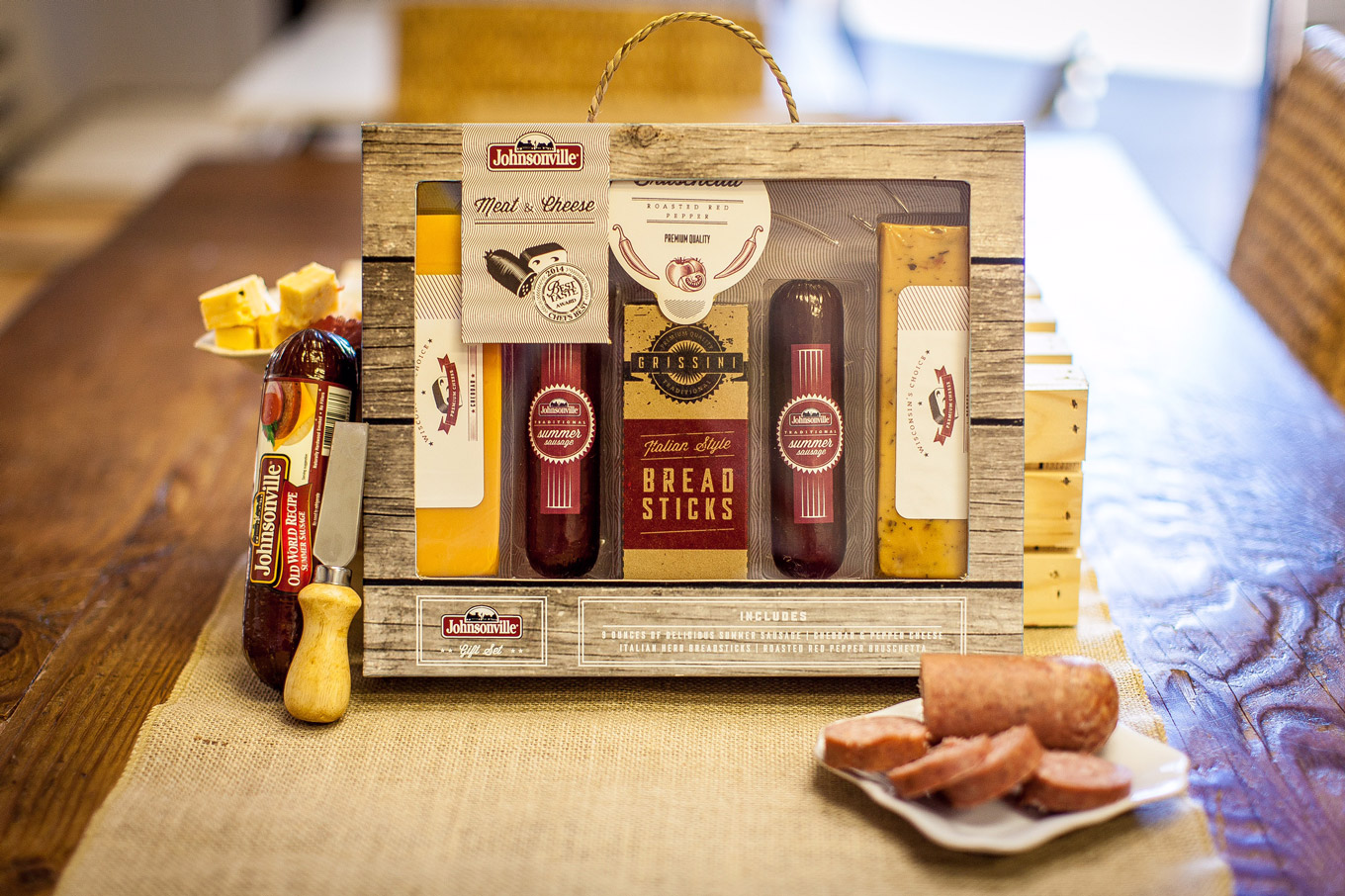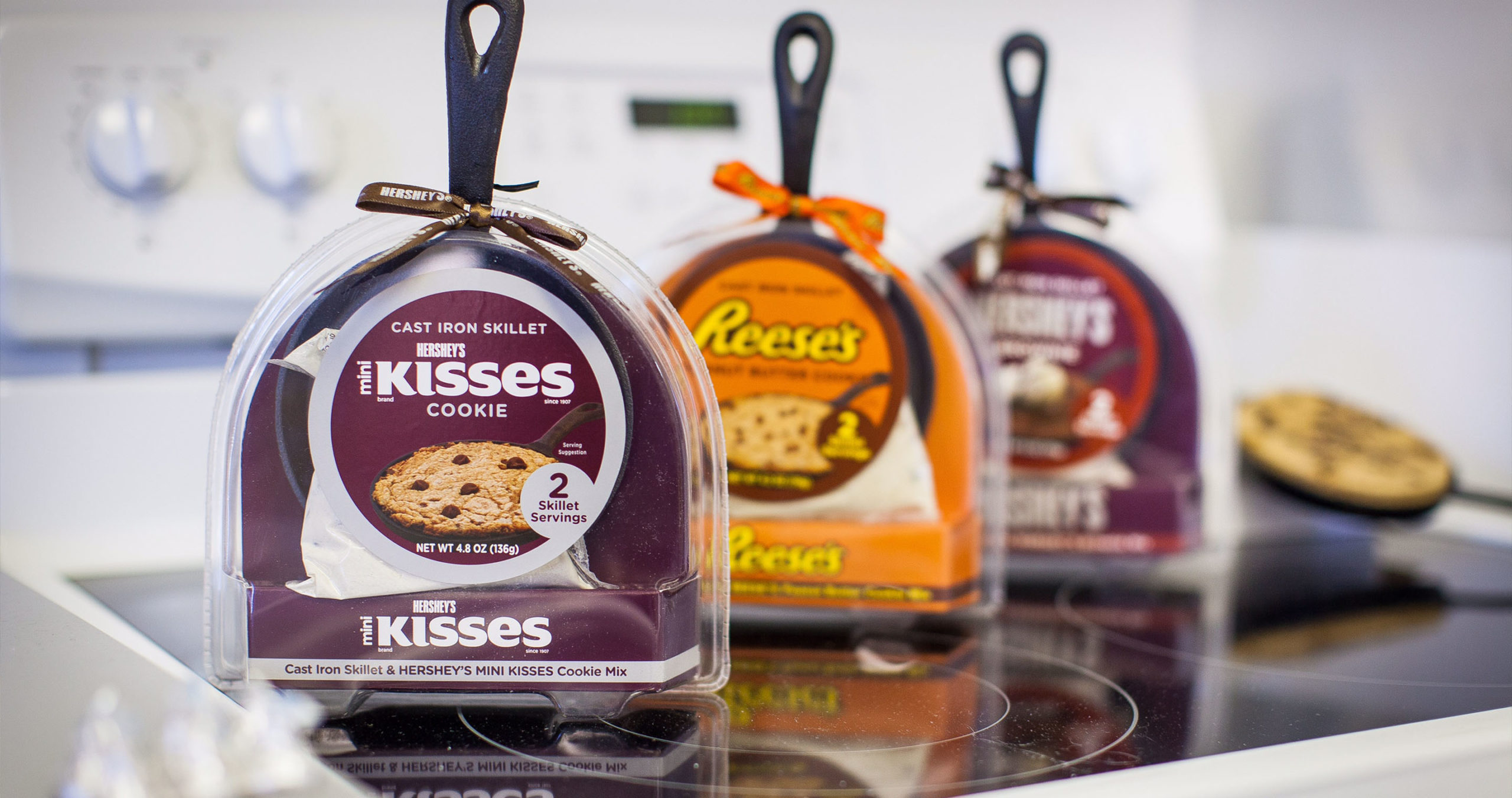Seasonality and Shelf Space
Since 1998, Modern Gourmet Foods has specialized in the creation of unique, high- quality food and beverage gifts under its own brand, and on behalf of household- name license holders like Starbucks, Johnsonville, Hershey’s and Corona.
Headquartered in Irvine, California, the company supplies wholesalers, mass merchants, club stores, and small and specialty retailers throughout the USA, Canada, Europe and Australia with innovative, seasonal products anchored to key holidays.
“Our industry is a very competitive space,” explains Chief Operating Officer Nadeem Mumal. “Since we’re vying for a very limited number of dollars over a very limited period of time, we need to invest heavily in ongoing innovation and design to bring fresh products to the market, and to earn our place on store shelves each season.”

Modern Gourmet Foods performs all essential design, product development and financial activities in the US, where it sells through a partnership network that includes Walmart, Target, Costco, and Sam’s Club, and sources and conducts in-country quality control from an office in Qingdao, China.
Delivering Products on Time
The need to juggle licensed and own-brand product development within extremely tight delivery windows demands significant coordination and clear communication. Mumal elaborates, “Not only do we have complexities in our supply chain, with our California team needing to work as closely as possible with our 15-person-strong office in China, we’re also meeting three different sets of requirements each season.”
“We have to satisfy retailers’ expectations, using trend analysis to create custom lines that tick all their boxes. We need to adhere to all the restrictions and brand guidelines given to us by licensors. And finally, we’re balancing the efficiency and profitability of our own-brand costing, design, and production processes,” Mumal adds.
Although these were challenges Modern Gourmet Foods was accustomed to meeting head-on, increasing competition in the holiday gift market was, by early 2015, placing heightened pressure on the business.
Centralizing Product Data
After more than a decade of rapid, organic growth, Modern Gourmet Foods sought, a centralized enterprise system. Mumal explains, “We’re a relatively small business and we had conducted very few technology implementations at that time.”
“We had no single system to manage our specifications for different products or to oversee their lifecycles – so our primary tools were Excel and email. Each department had their own variants – some with extra columns, others with different data fields. We knew we needed to make a big shift towards something more suitable to streamline development processes and improve visibility.”
But there was an additional complication; the company’s concrete calendar mandated that any new technology had to be implemented rapidly; splitting a single season between new and legacy systems was simply not an option.
Enter the Cloud
Modern Gourmet Foods were drawn to the concept of cloud-based product lifecycle management (PLM) and quickly discovered Centric Software’s cloud based PLM solution called Centric SMB. Centric SMB is a SaaS alternative to its award-winning Centric 8 enterprise PLM solution.
Attracted by the promise of technology road-tested by some of the world’s biggest brands being made affordable and accessible to them, Mumal and his team invited Centric to demonstrate their new, subscription-based solution.
“We evaluated vendors against three main criteria: functionality, cost, and what we call ease of transition,” says Mumal. “Based on Centric’s tailored demonstration, our team found Centric SMB to be far more intuitive than the alternatives – they could really visualize how they were going to transition from Excel to this collaborative, online environment and the benefits of having access to real-time information.”
Mumal and his team chose Centric as their PLM partner in July 2015 and by September of the same year, only 2 months later, the North American and Chinese teams were working entirely in Centric SMB.

Fast Implementation
As well as fulfilling the objective of being fully implemented during the small gap between seasons, the cloud-based nature of Centric SMB appealed to Modern Gourmet Foods for a variety of other reasons.
“We weren’t looking to build a huge infrastructure and we didn’t want to be tied into maintaining servers and upgrading hardware,” says Mumal. “The cloud base was critical to us from that point of view because we were not committing to any big upfront costs. It also allowed our teams on the road to access the system from anywhere. Whether it’s evaluating designs, sitting with customers during feedback sessions or approving products online, they can now do their jobs wherever there’s an internet connection.”
The speed of implementation was also vital to securing user adoption with an internal cut-off point for the use of legacy systems set at the start of the company’s Fall 2016 development. “We decided early on that we were not going to run a parallel process,” explains Mumal, talking about an approach where PLM and legacy products are run concurrently for a trial period.
We set a day for conversion and from that day forward all lifecycle activities had to be in Centric SMB; we wouldn’t accept email or Excel from anyone. We did this to make sure that our teams used the solution to its fullest, as quickly as possible.
“The greatest challenge is often getting people to change the way they work and system even faster than we’d hoped,” says Mumal.
Rapid Return on Investment
During the shortlisting and selection phase, Mumal and his team set out three expectations that their PLM project would be measured against: centralization of data, visibility into the product lifecycle and user satisfaction. As he explains, all three were met:
“We now have everyone on the same page with reliable data across the full spectrum of materials, packaging, warehousing and distribution. From a visibility perspective, we have the ability, from anywhere in the world, to make informed decisions about product costs, approvals and alterations. Finally, we wanted users to adopt the system quickly and today everyone is doing essentially everything that relates to the product lifecycle in PLM. All three areas where we expected to save money, become more efficient, or improve visibility have delivered – it’s night and day based on where we were versus where we are today.”
Beyond user satisfaction, Mumal is also able to estimate the monetary savings that Modern Gourmet Foods has realized through adopting Centric SMB. “I know we’ve saved between $70,000 and $100,000 a year in project management time, simply by having a collaborative system and a single, actionable version of the truth,” he says.
New to Centric PLM? Learn more
Centric AI Fashion Inspiration Learn more
What is Centric Planning? Learn more
Demand Planning Learn more
Assortment Planning Learn more
Allocation and Replenishment Learn more
What is Centric Pricing & Inventory? Learn more
What is Centric Market Intelligence? Learn more
Centric Visual Boards Learn more
















